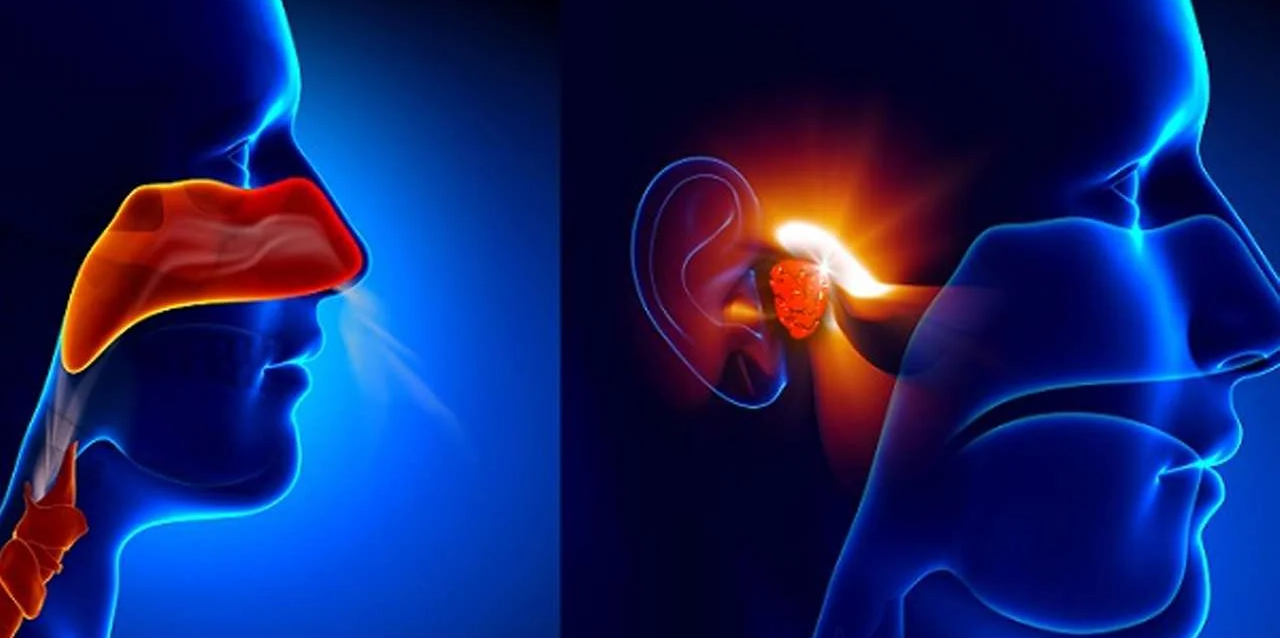
ENT Laser
ENT Laser, or Ear, Nose, and Throat Laser, refers to the use of laser technology in medical procedures related to the ear, nose, and throat (ENT) by otolaryngologists. Lasers have become valuable tools in the field of otolaryngology for various diagnostic and therapeutic purposes.
Types of ENT Laser Procedures
- Laser Turbinoplasty : Used to reduce the size of nasal turbinates, structures inside the nose that can contribute to nasal congestion.
- Laser Tonsillectomy : Involves the use of lasers to remove the tonsils, often with reduced bleeding compared to traditional methods.
- Laser Septoplasty : Corrects a deviated nasal septum using laser technology.
- Laser Laryngeal Surgery : Addresses conditions affecting the larynx (voice box) such as vocal cord lesions or tumors.
- Laser Stapedotomy : Treats disorders of the middle ear, including otosclerosis, by using a laser to create an opening in the stapes bone.
Types of ENT Laser Procedures
Precision: Laser technology allows for precise targeting of tissues, minimizing damage to surrounding healthy structures.
Minimally Invasive: Laser procedures are often minimally invasive, reducing the need for extensive incisions.
Hemostasis: Lasers provide excellent hemostasis, meaning they can effectively control bleeding during surgical procedures.
Vocal Cord Lesions: Laser therapy can be used to remove vocal cord polyps or nodules.
Snoring and Sleep Apnea: Laser-assisted procedures can address specific causes of snoring or sleep apnea.
Chronic Sinusitis: Laser technology can be applied in sinus surgery to alleviate chronic sinusitis symptoms.
Oropharyngeal Tumors: Laser surgery is sometimes used for the removal of tumors in the oropharynx.
Reduced Bleeding: Laser procedures often result in minimal bleeding due to the coagulative properties of the laser.
Faster Recovery: Minimally invasive techniques using lasers can lead to quicker recovery times.
Precise Tissue Ablation: Laser technology allows surgeons to precisely ablate or remove targeted tissues.
Candidacy: The suitability of a patient for ENT laser procedures is determined by the specific condition being treated.
Consultation: A thorough consultation with an otolaryngologist is essential to assess the patient’s condition and discuss the benefits and potential risks of laser treatment.
Post-Procedure Monitoring: Follow-up appointments may be scheduled to monitor healing and address any concerns.
Rehabilitation: In some cases, postoperative care may include rehabilitation exercises or voice therapy.


